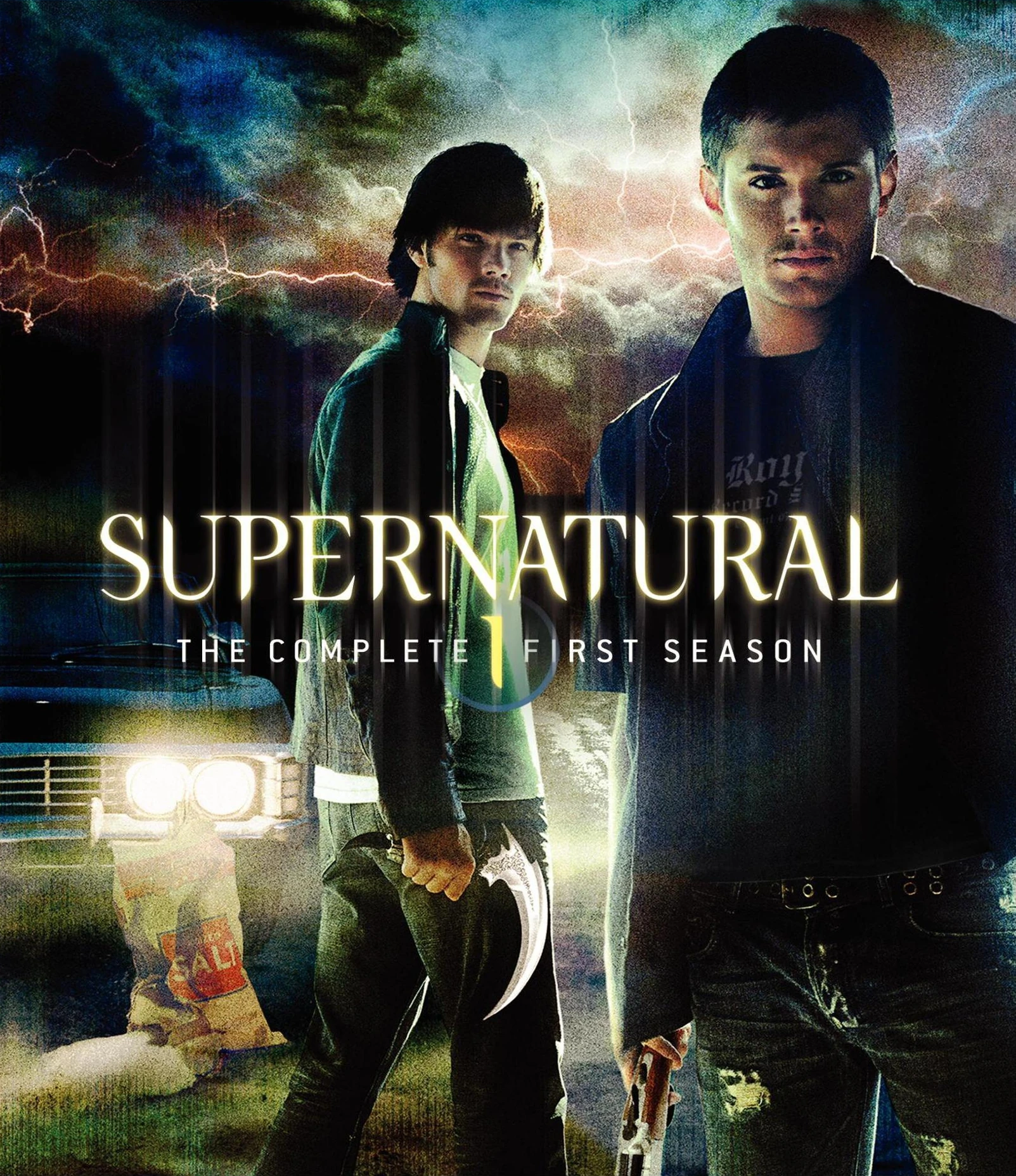 Back in August last year I wrote a blog post entitled "Musings about Necromancers, Drakonheim, and Slottable Settings", in which I talked about the latest setting from Sneak Attack Press: Drakonheim: City of Bones.
Back in August last year I wrote a blog post entitled "Musings about Necromancers, Drakonheim, and Slottable Settings", in which I talked about the latest setting from Sneak Attack Press: Drakonheim: City of Bones.
I wasn't involved in the setting book, but I did back the Kickstarter, and the completed book was released last month. For some unknown reason DriveThruRPG insisted on withholding my name when I wrote a review on their site, but here's a copy and paste of what I had to say about the setting book:
This system-neutral setting book is around 32K words, and describes the history, geography, people and politics of the city of Drakonheim. A fragile peace has been reached in the aftermath of a hobgoblin invasion, during which a cabal of necromancers revealed their existence to the populace, raising an undead army to defend the city. Now that the immediate threat has passed, old rivalries have returned with a vengeance, and various political factions once again maneuver for power.
In addition to being system-neutral, the city and its surrounding area are also relatively self-contained, and could be dropped into most established fantasy worlds with minimal effort. But there is easily enough content in this book to run a full campaign set in the city of Drakonheim.
The book is 7"x10", with a professional look and nice layout, and it offers both bookmarks and layers. The illustrations are well done and definitely fit the setting, they're all in colour and by the same artist (so the style is consistent), and there is an average of about one piece of art every two pages (including quite a few portraits). There are also two full-page maps, one of the city itself, and one of the surrounding area.
Overall, this product exceeded my expectations.
Note: The invasion itself was actually described in Heroes of Drakonheim, an earlier trilogy of free adventures that also make an excellent introduction to the setting. Although these adventures were originally written for D&D, anyone using a system-neutral setting shouldn't have trouble adapting it, and the publisher has made it available for free.
As you can probably tell, I was impressed with the final product. But why am I discussing a system-neutral setting on my Savage Worlds blog? The answer is fairly straightforward: I contacted Matthew Hanson shortly after making the aforementioned blog post, and asked if he'd be interested in me writing a Savage Worlds companion for Drakonheim. He accepted, I created it, and after some back-and-forth discussion and polishing the content is now complete. The companion still has to go through final editing, and requires additional artwork, but I've now been given the okay to talk about it. So here goes...
Savage Worlds Drakonheim Companion
The Savage Worlds Drakonheim Companion is a little under 14K words, but it's almost entirely crunch, as it's designed to be paired with the setting book - for readers who aren't used to thinking in terms of word count, the two Drakonheim books will have a combined word count that's around the same as Pinnacle's Lankhmar: City of Thieves setting book. So Drakonheim can be played as a full-sized Savage Worlds setting, but split into two books.
The companion includes stats for the 9 archetypes described in the setting book, 2 new races (goblin and hobgoblin), 6 new Hindrances, 22 new Edges, 5 pieces of gear, 5 deities, 3 new power trappings, expanded rules for necromancers and undead, full stats for all 29 of the major NPCs described in the setting book, several NPC archetypes and monsters, and an adventure generator.
Around half the Hindrances and Edges (and all three of the new power trappings) relate to undead, and there are rules for creating permanent undead as well as becoming a lich at Legendary rank, so I could easily see the companion doubling up as a sort of "necromancer's handbook".
However you'll get the most out of the companion by pairing it with the setting book. If you're a fan of Savage Worlds, and you want to use the Drakonheim setting, then I think you'll find the upcoming companion extremely useful.







